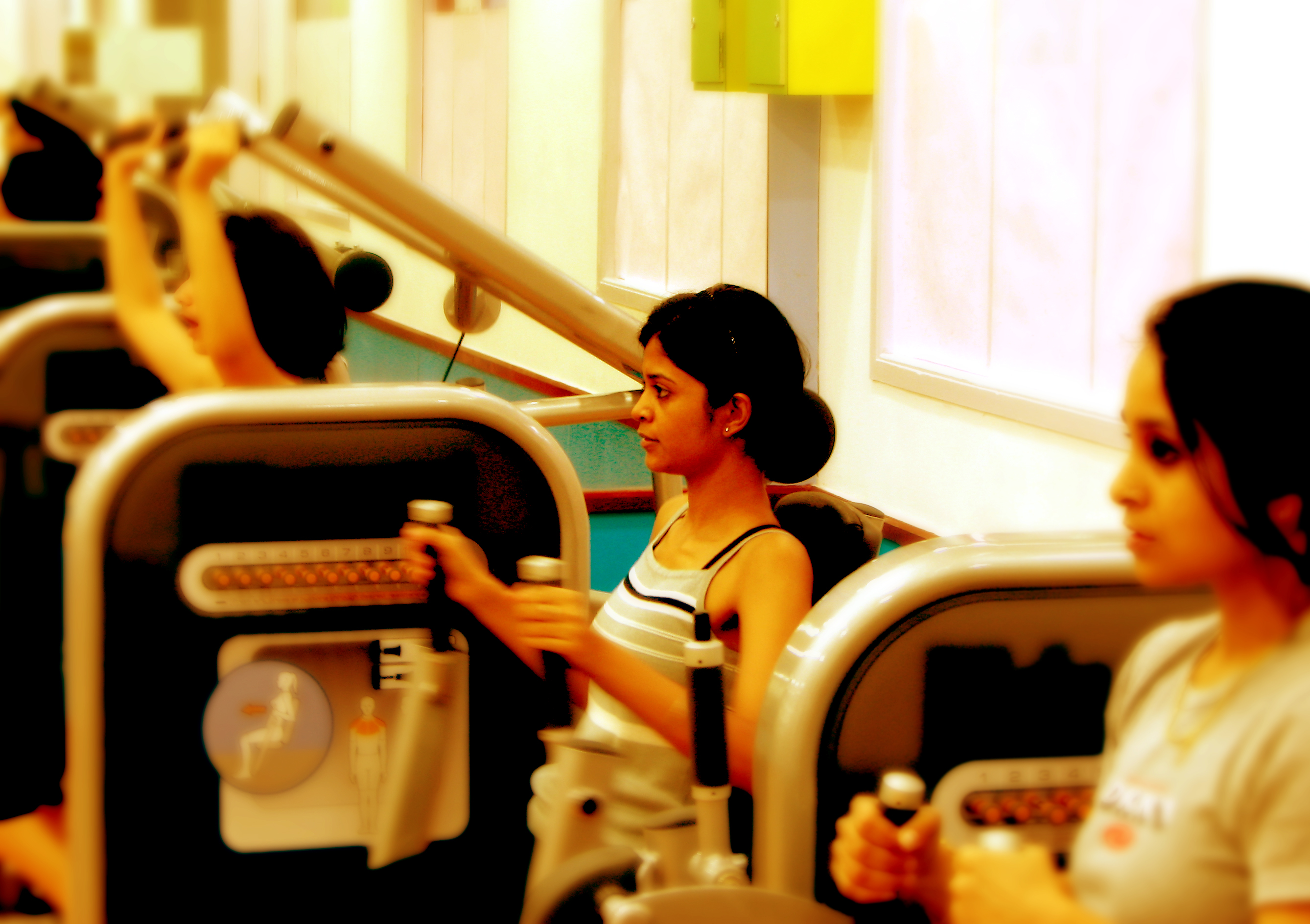
TUESDAY, July 21, 2015 (HealthDay News) — A major change in Pap test guidelines introduced in 2009 may have had an unintended consequence: Some young women are missing out on screening for chlamydia — a common sexually transmitted disease that can cause infertility if left untreated.
That’s according to a small, new study that discovered chlamydia screening among 15- to 21-year-olds plummeted after national guidelines were changed to discourage routine Pap screening for cervical cancer before age 21, because of evidence that showed it did not benefit young women.
Those guidelines have nothing to do with chlamydia — a bacterial STD that infects nearly 3 million Americans each year, according to the U.S. Centers for Disease Control and Prevention. But researchers suspect that as fewer young women got Pap tests, chlamydia screening also fell by the wayside.
However, the CDC and other groups advise all sexually active women younger than 25 to get an annual chlamydia screening test.
Yet in the new study, researchers at the University of Michigan saw a precipitous drop in chlamydia screening at five outpatient clinics connected to the university.
Experts stressed that the pattern does not necessarily reflect what’s going on nationwide.
In fact, there’s evidence that the national rate of screening for chlamydia has inched up in recent years, said Dr. Gale Burstein, who chairs the committee on sexually transmitted infections for the Society for Adolescent Health and Medicine.
“This is just one center, and can’t be seen as reflecting what’s going on nationally,” said Burstein, who was not involved in the study.
However, she added, it’s likely that similar trends have happened at other medical centers.
Burstein said young women should be aware of the chlamydia screening guidelines, and if they haven’t been tested, they should talk to their doctor.
Screening is vital, Burstein said, because chlamydia usually causes no symptoms. It’s easily cured with antibiotics, but if left untreated, the infection can cause pelvic inflammatory disease and infertility in some women.
So why did chlamydia screening drop at the clinics in this study? It seems that providers there were in the practice of “coupling” chlamydia screening with Pap testing, said lead researcher Dr. Allison Ursu, of the university’s department of family medicine.
Of roughly 1,600 young women seen at the clinics from 2008 to 2009, more than 500 were given chlamydia screening tests.
But from 2011 to 2012 — after the Pap test change — only 37 young women underwent chlamydia screening, Ursu’s team reports July 20 in the Annals of Family Medicine.
“It was surprising,” Ursu said. “We saw that decrease despite the fact that young women were making the same number of office visits. So there were just as many opportunities to screen for chlamydia.”
The university has since taken steps to make sure all clinics are up to speed with the guidelines on chlamydia screening, Ursu said. She added it would make sense for other institutions to look at their own screening patterns, and make changes if needed.
Even though the U.S. chlamydia screening rate has been creeping up, it’s still far from optimal, Ursu noted. Fewer than half of sexually active women younger than 21 are being screened, based on data from private and public health insurance plans.
There is no reason for chlamydia screening to be linked to Pap tests, Burstein pointed out.
“It does not take an invasive pelvic exam,” she said. “It can be done with a urine test or a vaginal swab that you take yourself.”
That knowledge, Burstein said, may make young women more comfortable with asking their doctors about chlamydia screening.
More information
The U.S. Centers for Disease Control and Prevention has an overview on chlamydia.
Copyright © 2025 HealthDay. All rights reserved.

